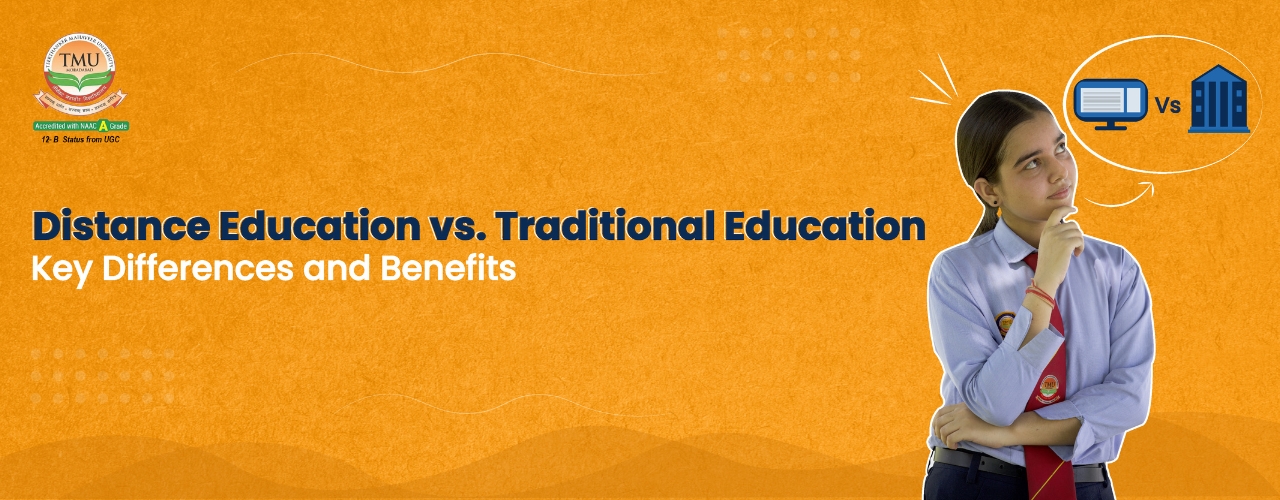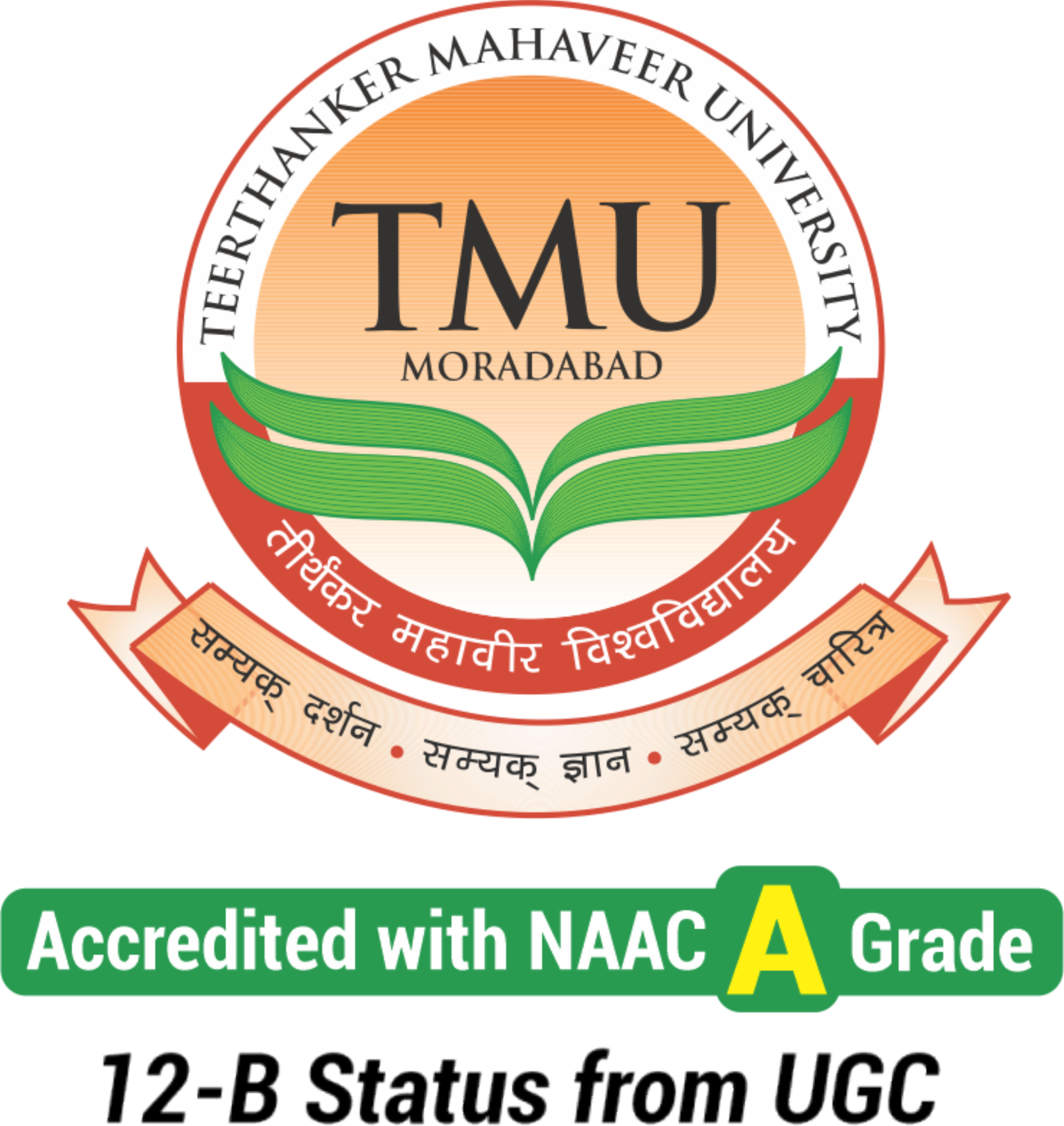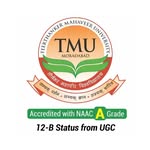Distance Education vs Traditional Education: Key Differences and Benefits
Table of Contents
Distance education, also referred to as online or remote learning, allows students to receive education without being physically present in a traditional classroom. Driven by digital platforms, it offers a level of flexibility, accessibility, and affordability that appeals particularly to working professionals and those with various commitments.
In contrast, in traditional education, students and teachers interact in person. This long-standing method provides a structured environment with immediate engagement and access to resources that foster practical learning.
What is Distance Education
Distance education, or distance learning, is a way of learning that does not require the physical presence of a teacher in a classroom. It allows for greater flexibility and accessibility, enabling learners to study at their own pace.
Key Features of Distance Education:
- Flexibility: Study anytime and anywhere at your speed.
- Accessibility: It removes geographical barriers and provides access to education for a wider range of people.
- Self-Paced Learning: Learners can progress through the course material at their speed.
- Variety of Delivery Methods: Courses can be provided online, through printed materials, video conferencing, or a mix.
- Technology-Enabled Learning: Utilizes technology for an engaging learning experience, including online forums and virtual classrooms.
Teerthanker Mahaveer University
Apply for Admission
Click Here To Apply for Admission
Benefits of Distance Education
Distance educationpresents a flexible and convenient way to learn, along with numerous advantages:
Flexibility and Convenience:
- Self-Paced Learning: Allows for balancing studies with work and personal obligations.
- Time Flexibility: Learn from any location at any time without set schedules.
- Location Independence: Take courses from home or any space with internet access.
Cost-Effectiveness:
- Lower Tuition Fees: Typically more affordable than on-campus degrees.
- Reduced Expenses: Saves on commuting, accommodations, and other costs.
Accessibility:
- Global Reach: Access courses from renowned institutions worldwide.
- Diverse Learning Opportunities: Explore a wide range of subjects and programs.
- Overcoming Barriers: Break down geographical and logistical barriers to education.
Self-Directed Learning:
- Enhanced Self-Discipline: Develop strong time management and self-motivation skills.
- Personalized Learning: Tailor your learning experience to your individual needs and preferences.
- Critical Thinking and Problem-Solving: Foster independent thinking and problem-solving abilities.
Technology-Enabled Learning:
- Interactive Learning: Engage with multimedia content, simulations, and virtual labs.
- Collaborative Learning: Participate in online discussions and group projects with peers.
- Cutting-Edge Tools: Utilize the latest educational technologies to enhance the learning experience.
Career Advancement:
- Upskilling and Reskilling: Stay updated with industry trends and acquire new skills.
- Career Flexibility: Pursue higher education or professional certifications while working.
- Expanded Job Opportunities: Gain access to a wider range of career paths.
Distance education is a valuable option for individuals seeking to balance education with work, family, or other commitments. By carefully considering your learning style, goals, and resources, you can make the most of this flexible and accessible mode of learning.
What is Traditional Education
Traditional education is the conventional approach to learning where instruction occurs in a physical classroom setting with direct interaction between teachers and students
- Teacher-Centered Learning: The teacher plays a central role in delivering information and guiding the learning process.
- Structured Curriculum: A predefined syllabus and schedule dictate the pace and content of learning.
- Standardized Assessment: Evaluation is often based on standardized tests and exams.
- Face-to-Face Interaction: Direct communication and interaction between teachers and students.
- Social Learning: Opportunities for peer interaction and collaboration in a classroom environment.
Benefits of Traditional Education
Traditional education, with its structured classroom settings and face-to-face interaction, offers several advantages:
Social Development and Interaction:
- Peer Relationships: Traditional classrooms foster strong social bonds and friendships.
- Teamwork Skills: Group projects and collaborative activities enhance teamwork abilities.
- Communication Skills: Regular interaction with peers and teachers improves communication skills.
Structured Learning Environment:
- Discipline and Routine: The structured environment promotes discipline and time management skills.
- Clear Expectations: Teachers provide clear guidelines and expectations, leading to focused learning.
- Consistent Learning Pace: A set curriculum ensures a steady progression through the material.
Immediate Feedback and Support:
- Personalized Attention: Teachers can provide immediate feedback and address individual questions.
- One-on-One Interaction: Direct interaction with teachers facilitates clarification and doubt resolution.
- Supportive Learning Environment: Teachers can offer emotional support and guidance.
Hands-on Learning Experiences:
- Practical Application: Hands-on activities, experiments, and projects enhance understanding.
- Real-world Relevance: Practical experiences connect theoretical knowledge to real-life situations.
- Sensory Learning: Engaging multiple senses (sight, touch, hearing) aids in learning and retention.
Proven Track Record:
- Established Pedagogies: Traditional methods have a long history of effective teaching and learning.
- Standardized Assessment: Standardized tests and exams ensure consistent evaluation.
- Strong Foundation: Traditional education provides a solid foundation for further academic pursuits.
While traditional education has its strengths, it's important to recognize that the modern education landscape is evolving. A blend of traditional and innovative approaches can offer the best possible learning experience for students.
Distance Education vs Traditional Education: Which is better?
The debate between distance education and traditional education is a longstanding one, with no clear winner. The ideal choice comes down to personal preferences, learning styles, and specific circumstances. Here’s a breakdown of the advantages and disadvantages of each type of education:
Traditional Education
Pros:
- Structured Learning: Traditional education provides a clear path with a set curriculum and schedule.
- Face-to-Face Interaction: Being in a classroom allows for direct communication with teachers and fellow students, which can enhance understanding through immediate feedback.
- Hands-On Learning: Practical experiences, experiments, and group projects enhance understanding.
- Social Development: A campus environment encourages social interaction, teamwork, and networking.
Cons:
- Limited Flexibility: Adherence to fixed schedules and locations.
- Higher Costs: Tuition fees, accommodation, and transportation expenses can be significant.
- Geographic Limitations: Access to specific institutions may be restricted.
Distance Education
Pros:
- Flexibility: Learn at your own pace and time, balancing studies with work and personal commitments.
- Accessibility: Access a wide range of courses from anywhere in the world.
- Cost-Effective: Lower tuition fees and reduced expenses on commuting and accommodation.
- Self-Paced Learning: Progress through the course material at your own speed.
- Diverse Learning Styles: Accommodates various learning preferences through multimedia content.
Cons:
- Self-Discipline: Requires strong self-motivation and time management skills.
- Technical Issues: Reliance on technology can sometimes lead to technical difficulties.
- Lack of Face-to-Face Interaction: Limited opportunities for in-person interaction with instructors and peers.
Isolation: Can feel isolated and disconnected from the learning community.
| Feature | Distance Education | Traditional Education |
| Learning Environment | Virtual classrooms, online platforms | Physical classrooms, face-to-face interaction |
| Flexibility | High flexibility in terms of time and location | Less flexible, requires adherence to fixed schedules |
| Instructor Interaction | Primarily through online forums, emails, or video conferencing | Direct, face-to-face interaction with instructors |
| Peer Interaction | Online discussion forums, virtual study groups | In-person interactions with classmates |
| Assessment | Online quizzes, assignments, and exams | Traditional exams, presentations, and projects |
| Cost | Often more affordable due to reduced overhead costs | Can be more expensive due to tuition fees, accommodation, and transportation costs |
| Self-Discipline | Requires strong self-motivation and time management skills | Less reliant on self-discipline, as the structure is provided |
Which is Better?
Ultimately, the decision about which education style is "better" depends on various factors:
- Learning Style: Traditional education might be more suitable if you prefer a structured learning environment with face-to-face interaction. Distance education could be a good option if you are a self-motivated learner who prefers flexibility.
- Time Commitments: If you have a busy schedule, distance education offers more flexibility to balance your studies with work and family commitments.
- Financial Considerations: Distance education can be more cost-effective in terms of tuition fees and living expenses.
- Technical Skills: Distance education requires basic computer skills and reliable internet access.
- Social Interaction: Traditional education might be more appealing if you value social interaction and networking opportunities.
In conclusion, both distance education and traditional education have their own merits. The best choice is the one that aligns with your individual goals, learning style, and circumstances.
Conclusion
Distance education and traditional education ultimately depend on individual learning styles, goals, and circumstances. Both modes of learning offer unique advantages and challenges.
Distance educationprovides flexibility, accessibility, and cost-effectiveness, making it a suitable option for learners with busy schedules or self-paced learning. However, it requires strong self-discipline and technological proficiency.
Traditional educationoffers a structured learning environment, face-to-face interaction with teachers and peers, and hands-on learning opportunities. However, it may need to be more flexible and more expensive.
Frequently Asked Questions (FAQs)
Q1: What is an example of traditional teaching?
Ans: A teacher lecturing to a class of students, using a chalkboard or whiteboard to explain concepts, while students take notes in their notebooks.
Q2: What was the traditional education system in India?
Ans: Ancient India had a unique system, often centred around Gurukuls. Students lived with their Guru (teacher) in ashrams, learning various subjects through oral tradition, discussions, and practical experiences. Emphasis was on holistic development, including intellectual, spiritual, and moral aspects.
Q3: What is distance education class 12 answer?
Ans: Distance education is a mode of learning where students and teachers are separated by time and distance. It involves using various technologies like online courses, video conferencing, and digital learning materials to deliver education. This method offers flexibility, allowing learners to study at their own pace and convenience.
Q4: Who is the father of distance education?
Ans: Sir Isaac Pitman is often considered the father of distance education. In the 1840s, he pioneered the concept by offering shorthand courses through the mail. Students received lessons and sent assignments back for evaluation, marking the beginning of modern distance learning.















